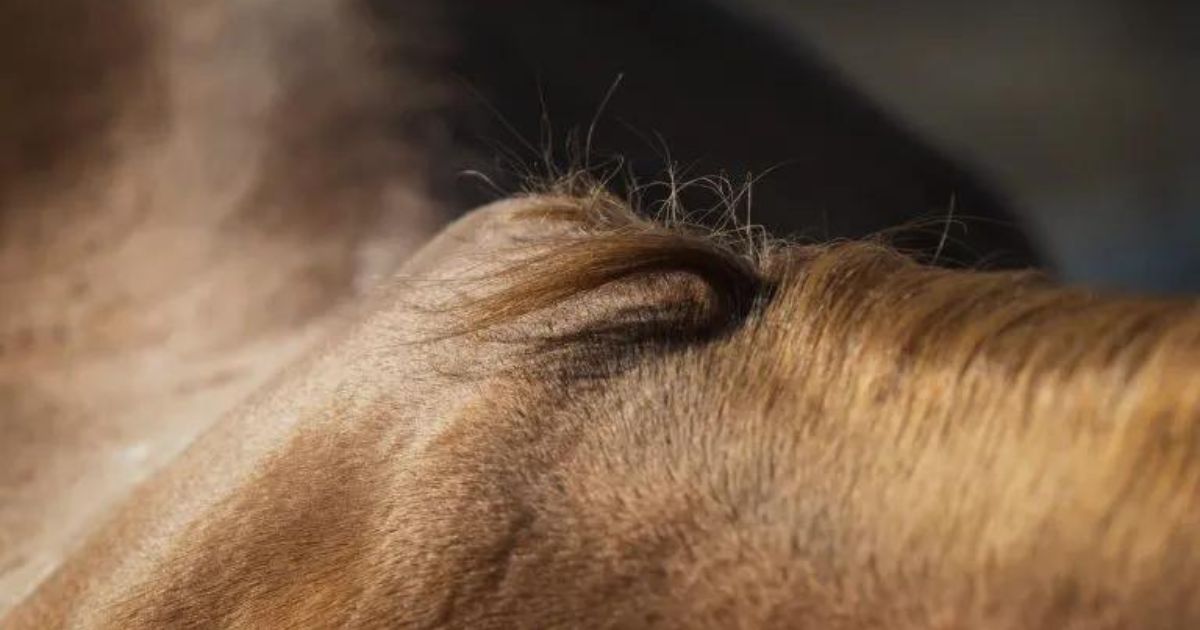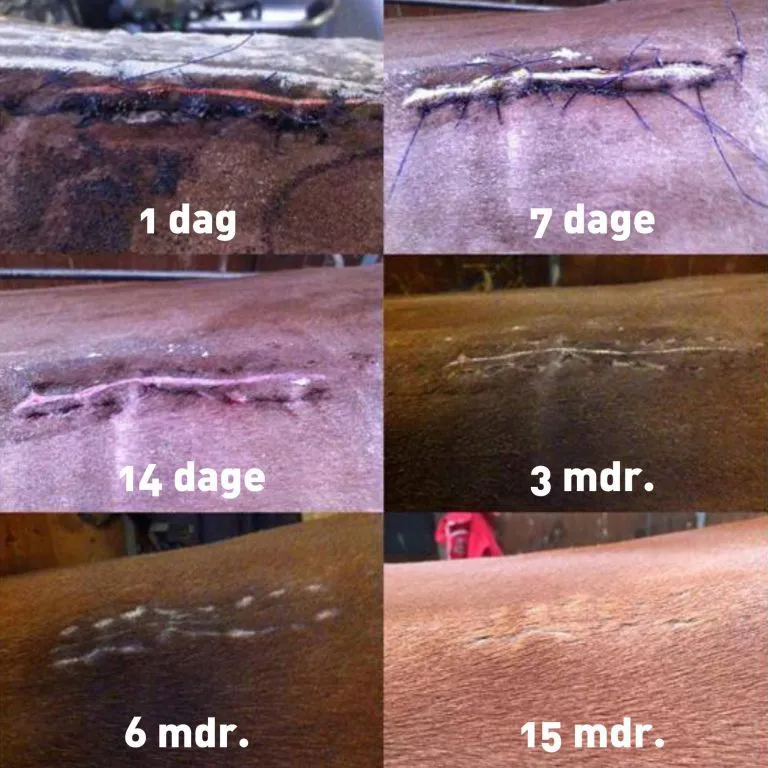Menu

Kissing spines, long considered almost a death sentence for horses, is no longer such a dire diagnosis. Fortunately, veterinarians today are adept at surgically treating this condition. Our team has personal experience with a “kissing horse” that underwent successful surgery in 2015. We're eager to share this story and the accompanying images. The horse featured in these pictures is now thriving at 17 years old.
“It must be emphasized that kissing spines have been found in 30 to 60 percent of horses during routine x-ray examinations of the back, without these horses showing any symptoms,” writes veterinarian Lars Christian Nielsen on Netdyredoktor.
“A small portion of horses with densely positioned spinal processes may develop back pain or decreased performance, but the majority manage without issues,” notes Hørsholm Horse Practice.
Despite surgeries being more successful than ever, Hørsholm Horse Practice and others recommend trying alternative treatments before opting for surgery. For mildly affected horses, altering their training regimen may suffice.
The horse in question, a Danish Warmblood, displayed symptoms of back pain during saddling, mounting, and riding. It experienced cinchiness, moved slowly, arched its back, and occasionally reared when the rider mounted – but not always. Overall, it showed moderate reluctance to carry a rider.
The x-ray revealed that the horse had closely positioned spinal processes at several places in its back. Particularly, two of the processes were aggressively rubbing against each other, and clear signs of inflammation were visible on the x-ray images. Unfortunately, we are unable to show these x-ray images, but it was evident that there were two spinal processes causing significant discomfort to each other. Additionally, the horse showed signs of severe back pain when the veterinarian examined its muscles and spine.
Read also: Is your horse lonely? Social isolation can be harmful to your horse
If a horse is affected by densely positioned spinal processes, you may notice some of these symptoms (though not necessarily all, and they can vary in intensity):
Source: Netdyredoktor
Deciding to proceed with surgery wasn't easy, as it's also stressful for the horse. Although x-rays showed inflammation, there was no guarantee that the spinal processes were the problem. Such a surgery is costly. To reveal, the bills totaled an amount firmly between 20,000 and 30,000 kroner six years ago. Fortunately, insurance covered most of it, leading to the decision.

The horse was delivered to the clinic in the evening and underwent surgery the next morning. The procedure involved anesthetizing the horse and cutting out the spinal process (shaped like a credit card) using a type of forceps, not removing it in one piece.
After stitching up the horse, it was placed in a recovery box. Recovering from anesthesia can be traumatic as the horse might panic, not understanding its surroundings – similar to the disorientation humans feel post-anesthesia, but with a strong flight instinct. Fortunately, this horse only lost a shoe and suffered no injuries.
Read also: The old horses: When is it time to say goodbye?
The evening after surgery, the horse, under the circumstances, appeared happy and content. The wound was cleaned daily, and the horse was taken home a few days later. Below you can see a photo of the horse the night following the operation.

Then, the owner had to clean the wound daily, and the stitches were removed by the vet after a week. The horse stayed in a stall, receiving pain relief and was walked one to two times a day. After a few weeks, it was moved to a small convalescence paddock, making sure it didn’t roll over, which thankfully wasn’t an issue. In the image below, you can see an x-ray of the horse's back after the surgery.

The most challenging part of the kissing spines surgery was adhering to the rehabilitation program, which required immense patience. Four months passed before the horse could be ridden again. During the initial weeks, the horse was only led and lunged at a walk without any weight on its back, gradually progressing to trot and canter with increasing weight. It was a significant creative effort to find a type of weight that could remain on the horse’s back during trot and canter.
Read also: Does fear control and affect your joy in horses? You are not alone

After numerous attempts with sand and wood pellet bags swung over the saddle, it was eventually two shopping bags filled with plastic bags containing wood pellets that worked best. The bottoms of the bags were sewn together, swung over the saddle, and the handles tied around the horse's belly. Everything was further secured with straw rope to ensure a snug fit. A couple of weeks later, stones were added to the bags to slightly increase the weight. It was not possible to place more than 15 kg on the horse's back, as anything heavier would fall off.

Four months post-surgery, the rider was able to mount and continue the rehabilitation program. The horse was fully functional after six months and is in excellent condition today at 17 years old. The surgical wound causes no discomfort. In this case, the surgery was the right decision. If your horse is diagnosed with densely positioned spinal processes requiring surgery, it's likely that it can recover well. This requires determination, possibly good insurance, and a lot of patience. Remember, each case and every horse is unique, and there are no guarantees.
Read also: Has your horse made you change your mind about something important?
